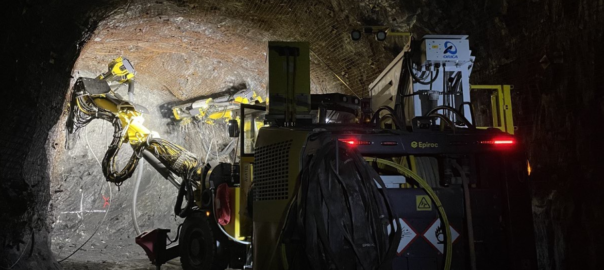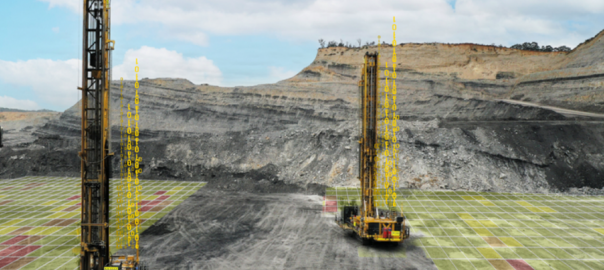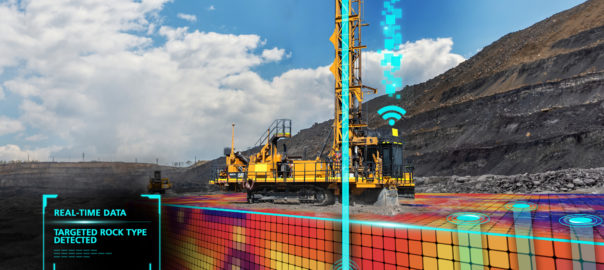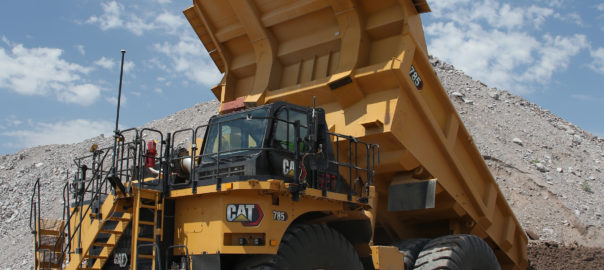The integration of a digital backbone into the explosives, blasting and related processes will continue to result in miners accessing new deposits and potentially developing new mining methods, Orica’s Angus Melbourne and Rajkumar Mathiravedu told IM at last month’s MINExpo 2024 in Las Vegas.
Reflecting on a digitalisation journey that started eight years ago, Melbourne – Orica’s Chief Technology Officer – said the original ambition was about taking a very manual process like blasting and digitising the workflows.
“Essentially what we wanted to do was anchor into the design and connect the on-bench activities for a verification process as to where the drill pattern was and how this reconciled with the actual outcome,” he said. “The key was always to link this back to the hub of the machine.”
Bringing data and insights into this equation resulted in better placement of energy (ie explosives), which has since become part and parcel of Orica’s aim of “mobilising the Earth’s resources in a sustainable way”.
The second element underlying this digitised push was the acceleration of automation.
“You cannot automate unless you have a digital foundation,” Melbourne said.
This led to the company – both organically and through M&A – building up a suite of software, sensors and data science applications to enable processes within the explosives and blasting process to be automated.
Just what processes to automate has always been dictated by safety and productivity.
“Getting people off the bench, face, voids, high walls, etc becomes a clear motivator for automating certain processes,” Melbourne said. “It is a bit more difficult on the productivity side of things; you have to be generating value, not just automating for the sake of it.”
From Orica’s initial point eight years ago, the company has progressively moved into adjacencies such as post-blast outcomes, geology and more, bringing the same mindset to each part of this distinct process, while integrating it into the wider work patterns.
Mathiravedu (Orica Digital Solutions Senior Vice President) explained: “What we are seeing in the digital space is the fact that, with blasting, you can either create or destroy value. With all the tools and expertise we have, plus the ability to connect the physical and digital components, we are making the whole process more productive, as well as optimising the use of consumables like water and energy.”
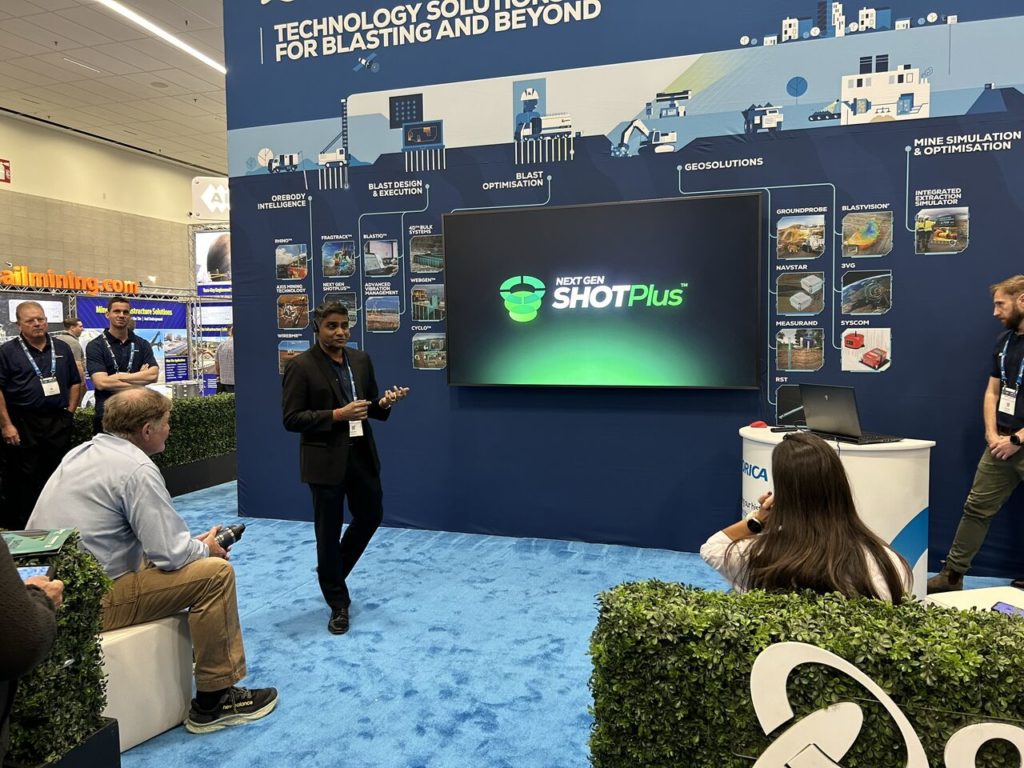
And as Orica has opened further to the wider mining ecosystem – think of recent tie ups with Epiroc on the Avatel™ semi-autonomous explosives loading solution showcased at MINExpo or Caterpillar on a potential integration between Rhino™, BlastIQ™ and FRAGTrack™ technologies with Cat® MineStar™ Terrain – its influence across the whole flowsheet continues to expand.
Melbourne said: “If I go back a decade, Orica would have been doing a lot of these things itself…but both Raj and I have worked in other industries that, for various reasons, were collaborative. As a result, we were far more open to working with others.”
This openness is seen with one of Orica Digital Solutions’ latest launch, Next Gen SHOTPlus™, which unlocks the power of the Model Through Time; a cloud hosted, spatiotemporal, digital replica, Orica says. Incorporating the proprietary physics engine, Helfire Damage Model and Advanced Vibration Management solution, Next Gen SHOTPlus enables drill and blast engineers to model and predict blast movement, damage and vibration.
Predictive blast movement modelling is enabled by Predict Physics Engine, allowing engineers to understand the impact of decisions on the post-blast muck pile. The Blast Damage, meanwhile, feature provides 3D damage modelling, allowing engineers to evaluate the predicted damage generated on both blasted and in-situ rock masses.
As the Avatel system loomed over the Orica booth at MINExpo (it was on the adjacent Epiroc stand, see below), it seemed only right to ask about the potential to fully automate the explosives loading process based on the safety and productivity drivers Melbourne outlined.
“The goal is to go fully autonomous,” he replied. “If you look at the safety and productivity drivers, semi-automation advances both of those, but there are opportunities to improve upon both – we are clearly still underground at the moment, which comes with risk, and there are other elements of cleaning, priming and loading that could be accelerated in the development headings through full automation.”
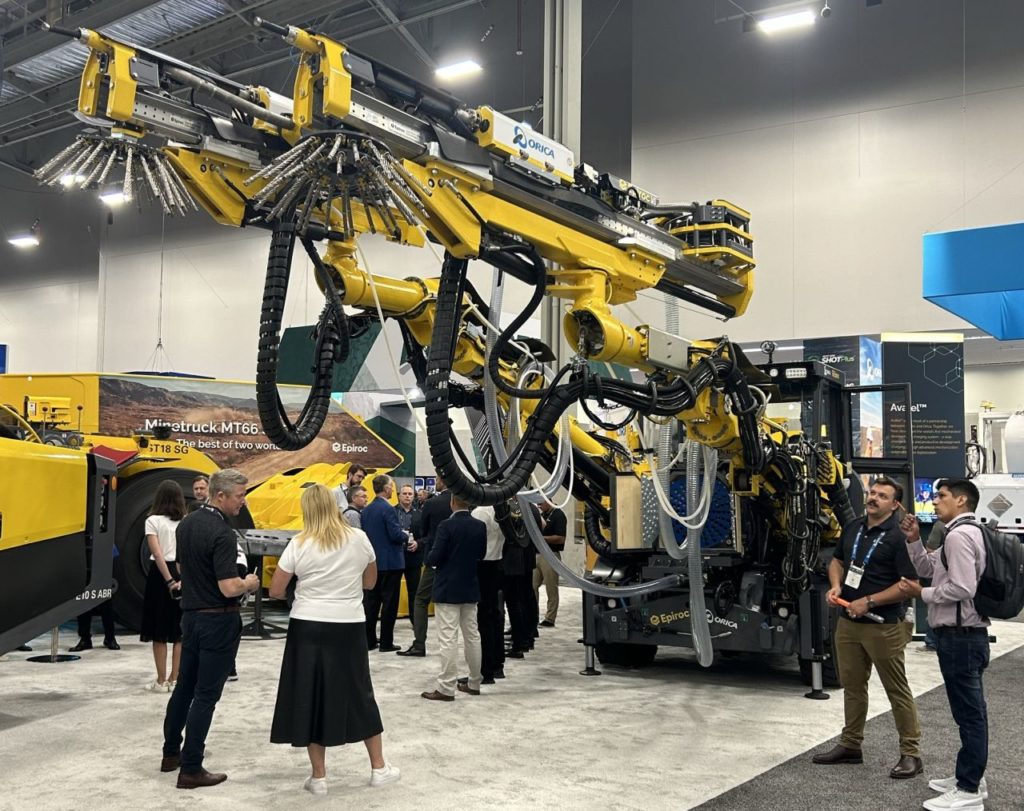
One of the underlying technologies of the Avatel platform is the WebGen™ wireless initiation system, which has been key to unlocking new mining methods and techniques, with numerous case studies detailing a strong value case.
A fully autonomous Avatel unit could do similar, according to Melbourne, ticking that productivity box.
“With full autonomy, you can start to employ new mining methods and go to different parts of the mine you couldn’t previously,” he said. “On a case-by-case basis, you can look at individual mines where they understand the mineralisation that, because of safety constraints, cannot currently be classified as a resource or reserve.
“If we’re able to remove that constraint, we can start to tangibly assess bringing that into a resource or reserve and mining that.”







